Knowledge Centre for Weapon Systems and Munitions
The internship was hosted at the knowledge center for weapon systems and munitions (KCW&M) of the Materiel and IT Command. This knowledge center is the testing and validation research center of the Dutch armed forces and is available for research questions by all operational commands, but also handles research requests by industry partners such as the Dutch organization for applied scientific research (TNO). A lot of these tests can be executed at the artillery range (ASK) Oldebroek and the indoor facilities of the KCW&M. From the 9mm bullet used by the Dutch National police, to the 155mm round of the Pzh2000NL, to ensure that all can be fired safely. Also static research is performed in the of vibration, impact, and environmental degradation research. To achieve this, the KCW&M has several specialists such as the measurement technicians, munition specialists, weapon specialists and scientific analysists all working together in a mix of military and civilian personnel.
Predicting where a projectile is at any moment in time (external ballistics), is not only vital to operational units such as in the Fire Support Command (VustCo) but also to fields as forensics where it is used in the judicial proses. The field of ballistics is very similar to the material covered in the dynamics courses of the bachelor program mechanical engineering, with the main difference being that the input parameters are often a bit more complex. However, when a projectile is flying through the air, the main sources of influence to its trajectory are gravity and the aerodynamic load (McCoy, 2009) and while there are multiple methods to accurately measure the aerodynamic drag, this is currently a lot harder for the overturning moment and lift. As such the internship was focused to applying CFD in order to generate this model input.
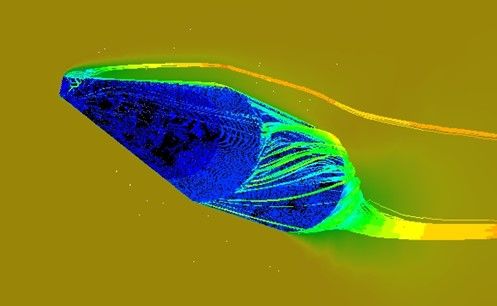
Flow solution at significant yaw
The application of CFD simulations in the program Ansys FLUENT has resulted in aerodynamic forces that where very comparable to the empirical data that was available. In Figure 1 a solution of one of these simulations is displayed. In these results effects such as the global circulation, the projectile spin and boundary layer behavior are well visible and give confidence in the resulting forces.
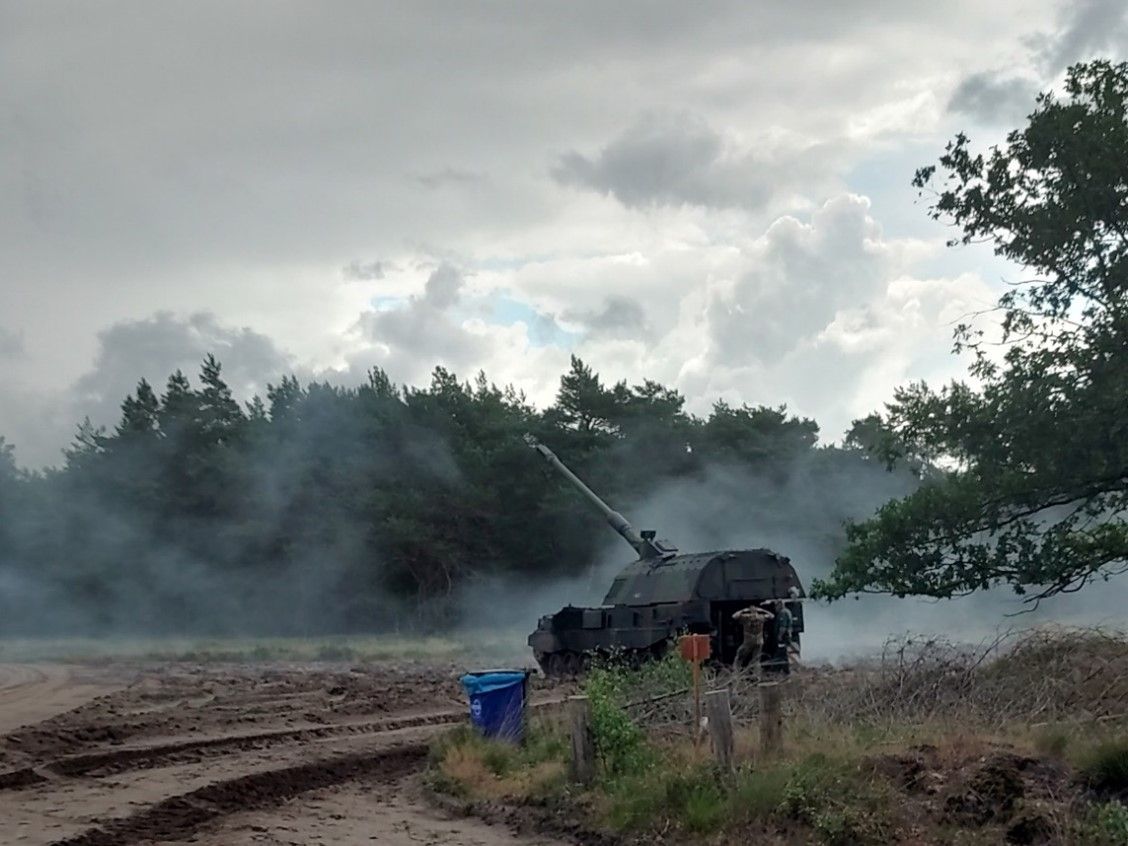
Pzh2000NL of the KCW&M, just after firing at the ASK
It has been a very interesting internship, where I was allowed to see and do a lot and where I have felt to be valued within the organization. Working in a complex organization and representing it to partner organizations such as NLR and TNO, has provided valuable working experience and the time and resources the colleagues have invested to provide feedback has been greatly appreciated among all levels of the organization. From an organization that is typical for its hierarchy the multidirectional flow of knowledge along these levels was impressive
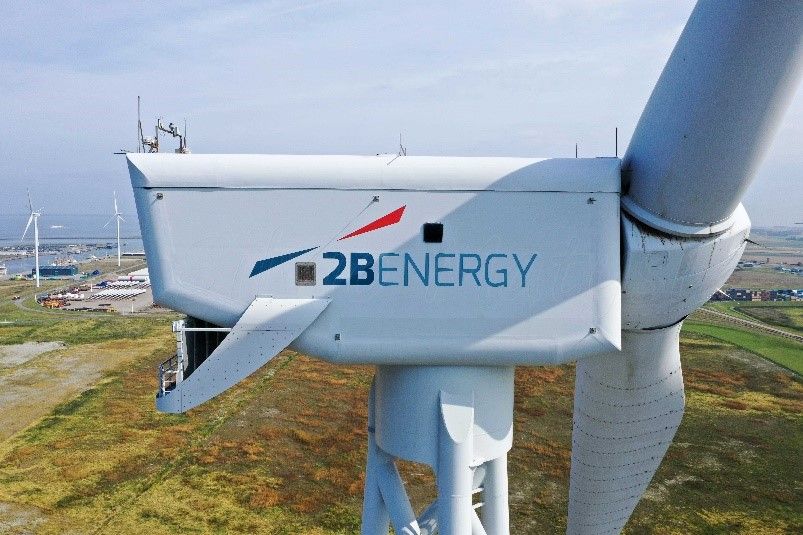
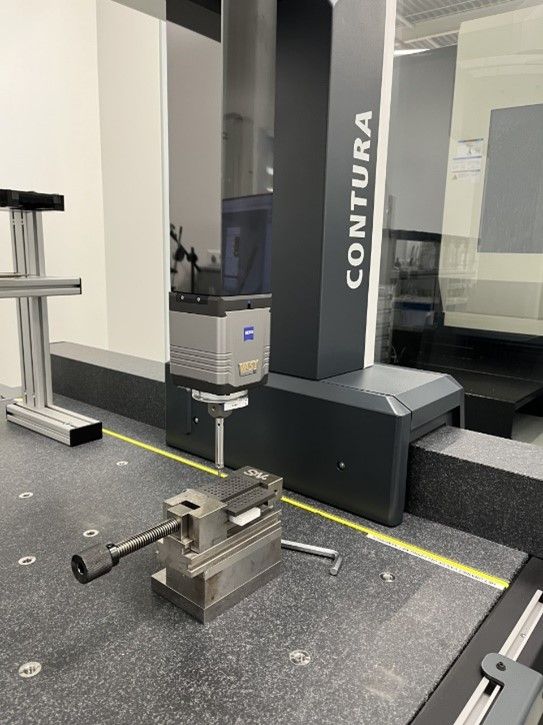













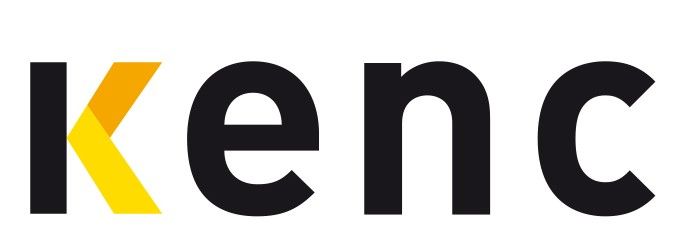

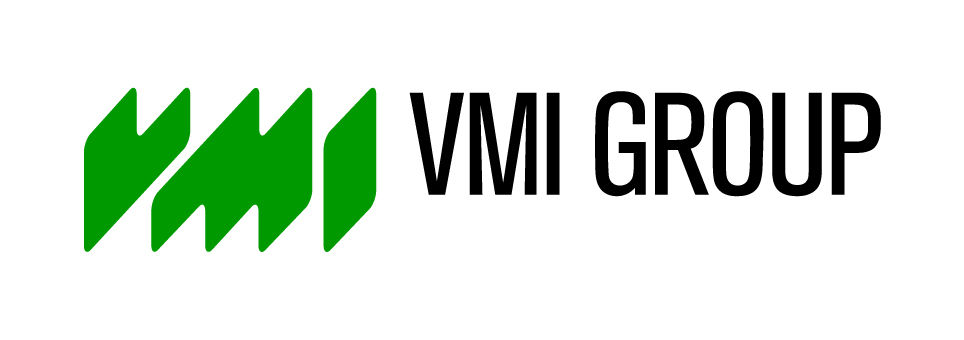




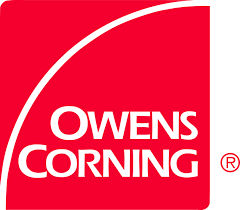

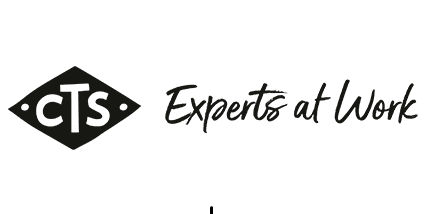

Comments
Log in to read and post comments